Catnip, St John's Worp, Myrtle and Roman Chamomile
Well looks like this blog has become more of a memory than a diary entry. I guess that its the first time that I'm writing in english. Came naturally though so it might help me to be more active and possibly engage with more people.
Anyway apart from my personal guilt on not discipline myself to post more frequent, today I bought some great herbs at the market that require cataloguing here so I can look back when I forget. Some of the plants will stay here in London in pots and the ones that survive will be transferred to ExitPapouri when I'm next there. A couple will be planted in my ceramic miniature gardens.
CATNEP or CATNIP
Nepata, Cataria

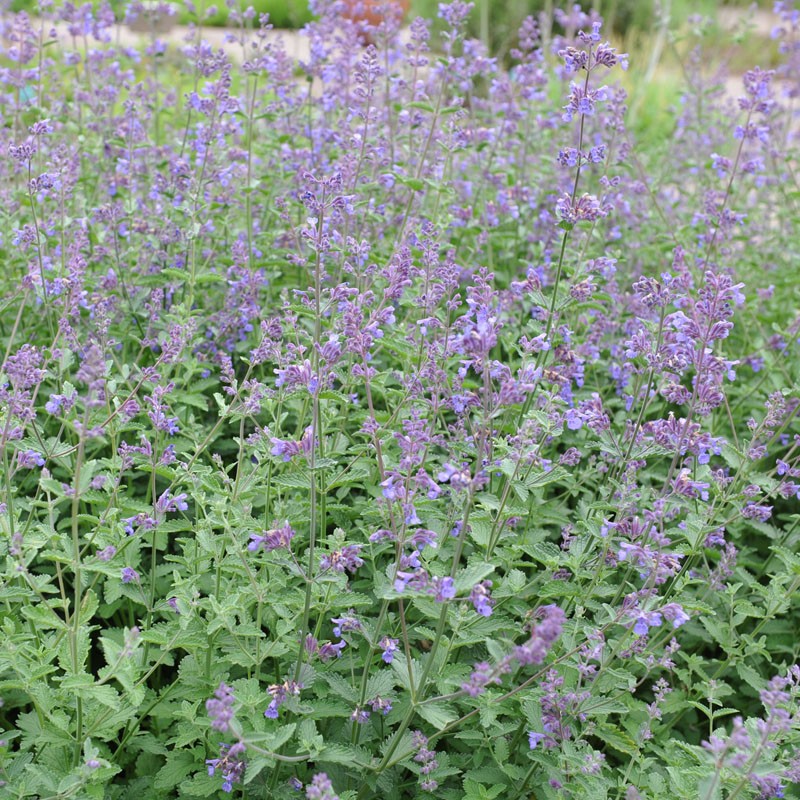
Nepeta cataria, commonly known as catnip, catswort, catwort, and catmint, is a species of the genus Nepeta in the family Lamiaceae, native to southern and eastern Europe, the Middle East, Central Asia, and parts of China. It is widely naturalized in northern Europe, New Zealand, and North America.[1][2][3][4][5] The common name catmint can also refer to the genus as a whole.
Nepeta cataria is a short-lived perennial, herbaceous plant that grows to be 50–100 cm (20–40 in) tall and wide, which blooms from late spring through autumn. In appearance, N. cataria resembles a typical member of the mint family of plants, featuring brown-green foliage with the characteristic square stem of the plant family Lamiaceae.[10] The coarse-toothed leaves are triangular to elliptical in shape.[11] The small, bilabiate flowers of N. cataria are pretty and fragrant, and are either pink in color or white with fine spots of pale purple.[11
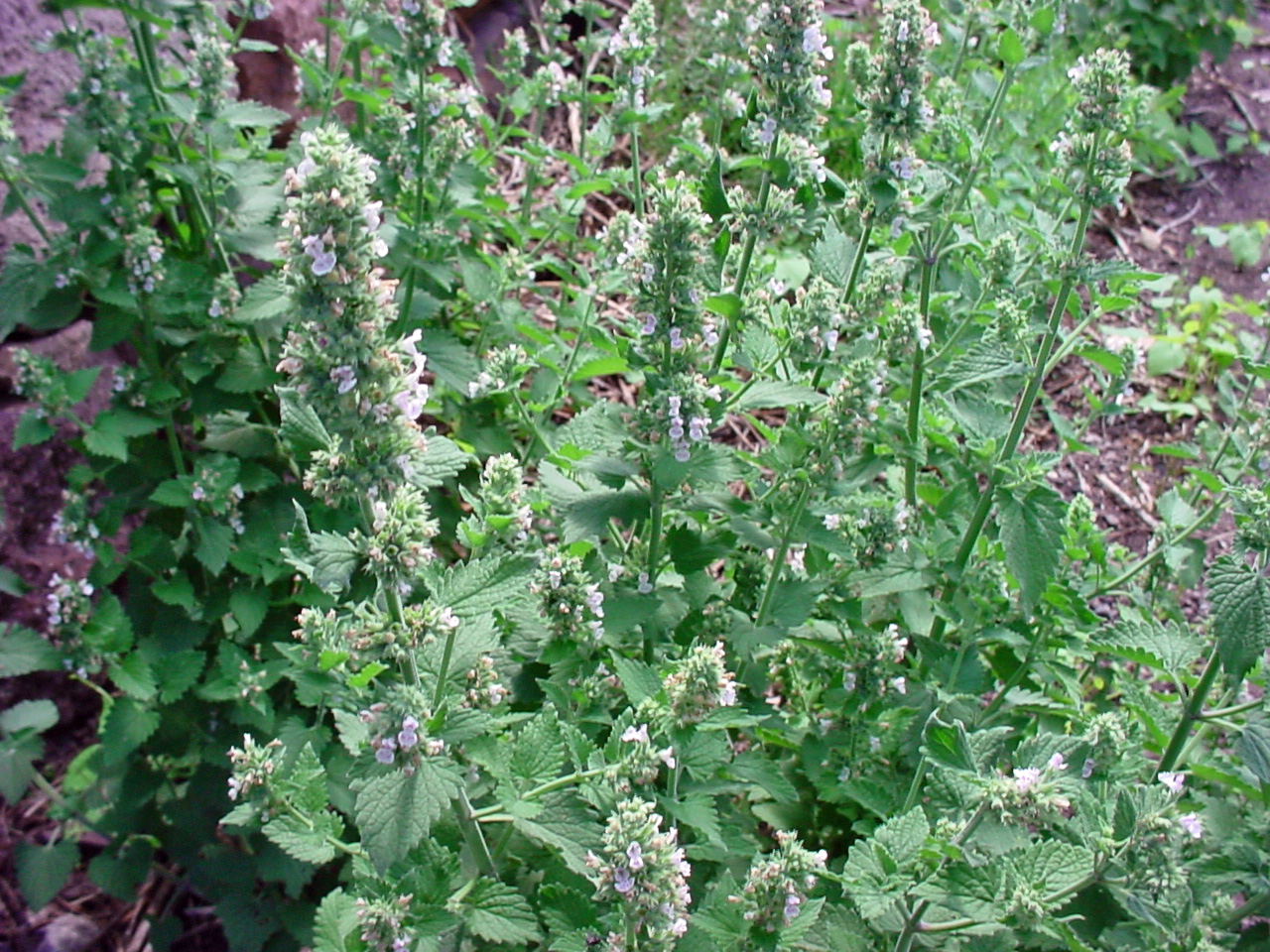


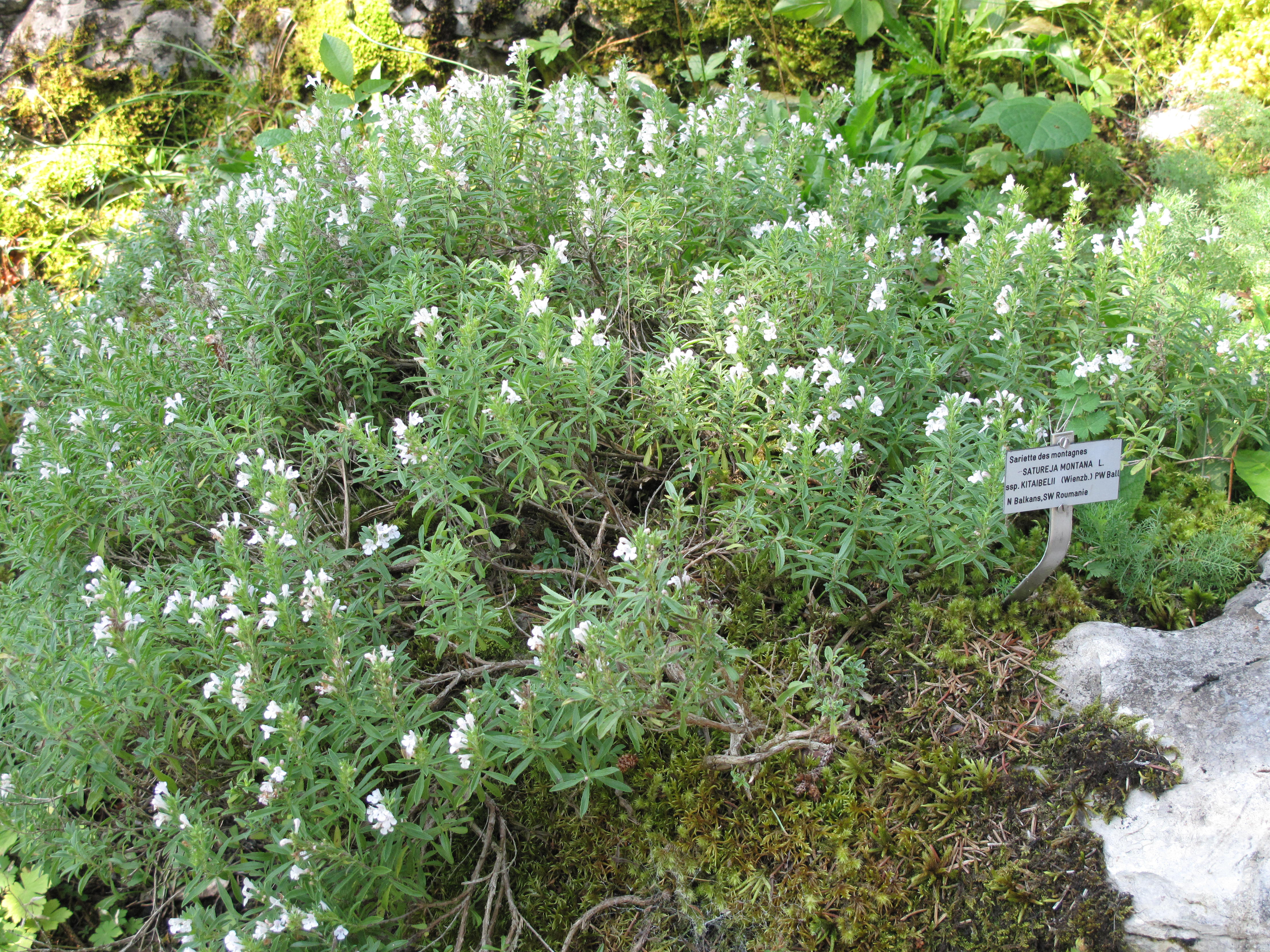

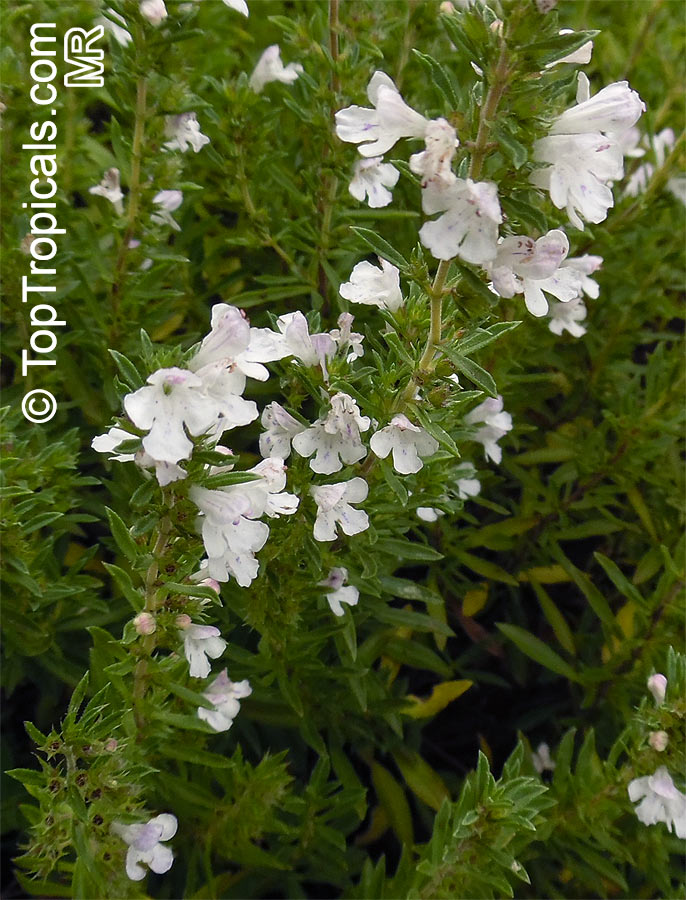
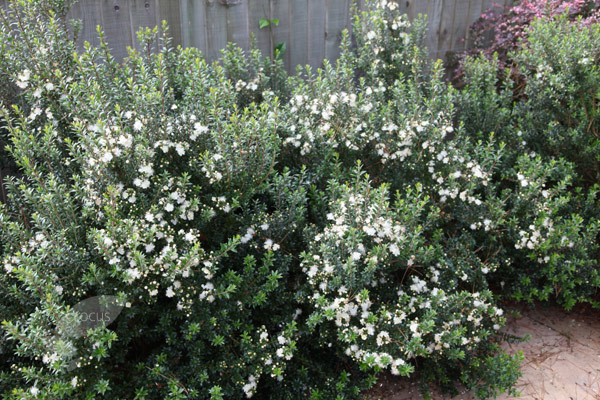



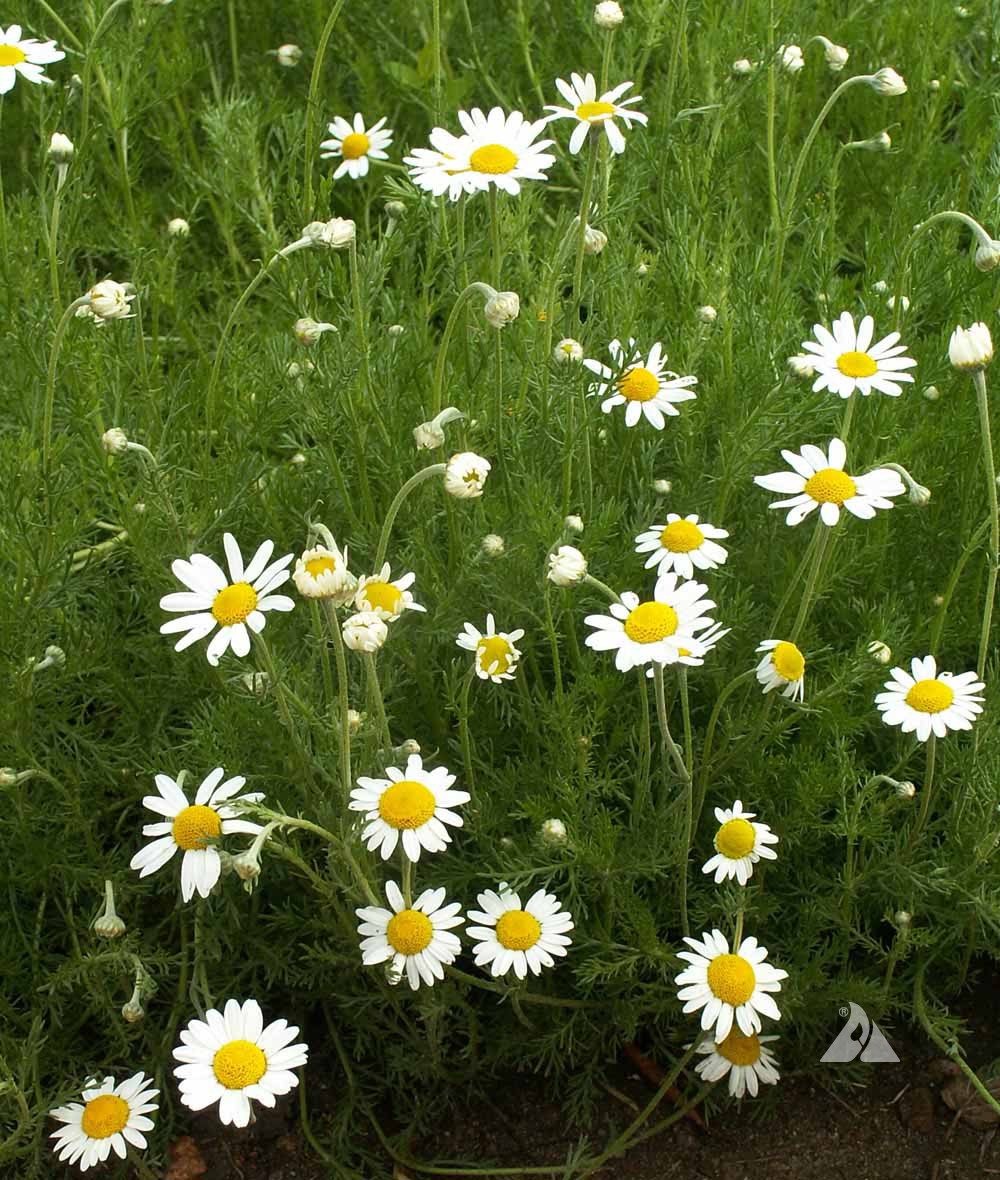
TARRAGON
Artemisia dracunculus
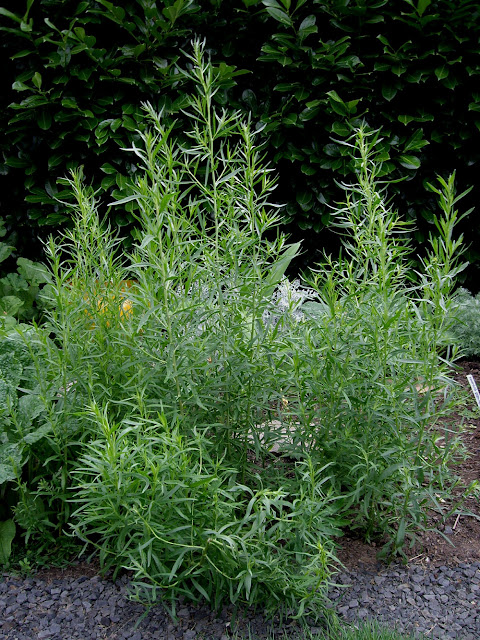
Tarragon grows to 120–150 cm (4–5 ft) tall, with slender branches. The leaves are lanceolate, 2–8 cm (1–3 in) long and 2–10 mm (0.1–0.4 in) broad, glossy green, with an entire margin. The flowers are produced in small capitula 2–4 mm (0.1–0.2 in) diameter, each capitulum containing up to 40 yellow or greenish-yellow florets. French tarragon, however, seldom produces any flowers (or seeds).[8] Some tarragon plants produce seeds that are generally sterile. Others produce viable seeds. Tarragon has rhizomatous roots that it uses to spread and readily reproduce.

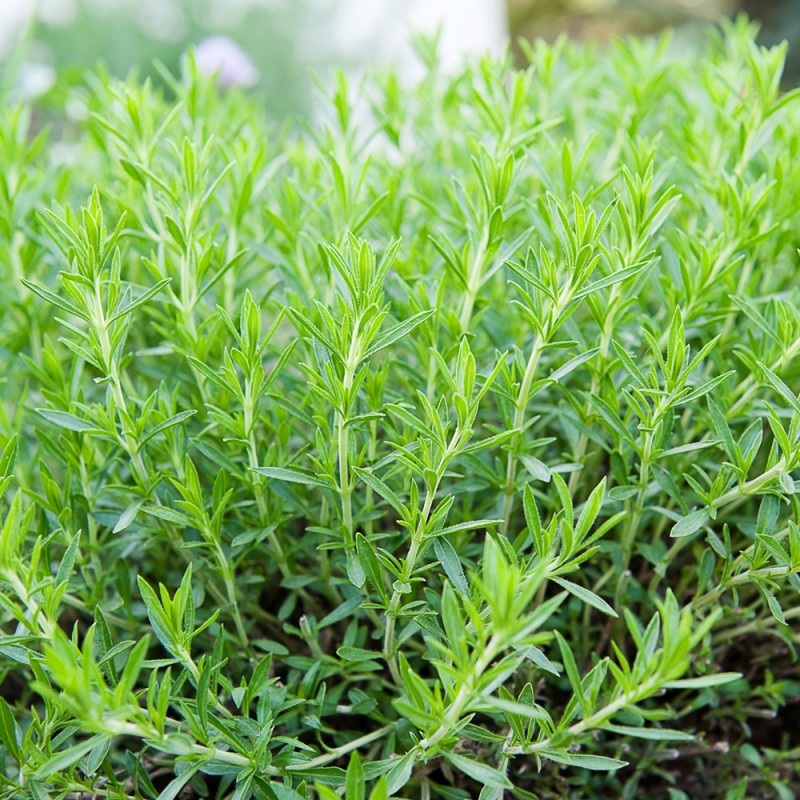
Anyway apart from my personal guilt on not discipline myself to post more frequent, today I bought some great herbs at the market that require cataloguing here so I can look back when I forget. Some of the plants will stay here in London in pots and the ones that survive will be transferred to ExitPapouri when I'm next there. A couple will be planted in my ceramic miniature gardens.
CATNEP or CATNIP
Nepata, Cataria


Nepeta cataria, commonly known as catnip, catswort, catwort, and catmint, is a species of the genus Nepeta in the family Lamiaceae, native to southern and eastern Europe, the Middle East, Central Asia, and parts of China. It is widely naturalized in northern Europe, New Zealand, and North America.[1][2][3][4][5] The common name catmint can also refer to the genus as a whole.
Nepeta cataria is a short-lived perennial, herbaceous plant that grows to be 50–100 cm (20–40 in) tall and wide, which blooms from late spring through autumn. In appearance, N. cataria resembles a typical member of the mint family of plants, featuring brown-green foliage with the characteristic square stem of the plant family Lamiaceae.[10] The coarse-toothed leaves are triangular to elliptical in shape.[11] The small, bilabiate flowers of N. cataria are pretty and fragrant, and are either pink in color or white with fine spots of pale purple.[11
Nepeta cataria is cultivated as an ornamental plant for use in gardens. It is also grown for its attractant qualities to house cats and butterflies.[11]
The plant is drought-tolerant and deer-resistant. It can be a repellent for certain insects, including aphids and squash bugs.[11] Catnip is best grown in full sunlight and grows as a loosely branching, low perennial.[15]
Varieties include Nepeta cataria var. citriodora (or N. cataria subsp. citriodora), or "lemon catnip".[16]


Nepetalactone is a mosquito and fly repellent.[18][19] Oil isolated from catnip by steam distillation is a repellent against insects, in particular mosquitoes, cockroaches and termites.[20][21] Research suggests that, while a more effective spatial repellant than DEET,[22] it is not as effective as a repellent when used on the skin when compared with SS220 or DEET.[23]
ST JOHN'S WORT
Hypericum Perforatum
Hypericum perforatum, known as perforate St John's-wort,[1] common Saint John's wort and St John's wort,[note 1] is a flowering plant in the family Hypericaceae. Although used in traditional medicine with possible antidepressant activity, high-quality clinical evidence for its effectiveness remains absent, as of 2019. No H. perforatum drug has been approved by the US Food and Drug Administration.[3] The plant is poisonous to livestock.[4] The primary phytochemical constituents of St John's wort are hyperforin and hypericin.[5]
Hypericum perforatum is native to temperate parts of Europe and Asia, but has spread to temperate regions worldwide as a cosmopolitan invasive weed.[4][13] It was introduced to North America from Europe.[14] The flower occurs in prairies, pastures, and disturbed fields. It prefers sandy soils.[6]
Common St John's wort has long been used in herbalism and folk medicine.[20] It was thought to have medical properties in classical antiquity and was a standard component of theriacs, from the Mithridate of Aulus Cornelius Celsus' De Medicina (ca. 30 CE) to the Venice treacle of d'Amsterdammer Apotheek in 1686. Folk usages included oily extract ("St John's oil") and Hypericum snaps. Hypericum perforatum is a common species and is grown commercially for use in herbalism and traditional medicine.[21]
The red, oily extract of H. perforatum has been used in the treatment of wounds for millennia, including by the Knights Hospitaller, the Order of St John, after battles in the Crusades, which is most likely where the name came from.[22][circular reference][20][23] Both hypericin and hyperforin are under study for their potential antibiotic properties.[24]
While some studies and research reviews have supported the efficacy of St John's wort as a treatment for depression in humans, in the United States, it is not recommended as a replacement for more studied treatments, and it is advised that symptoms of depression warrant proper medical consultation.[20] A 2015 meta-analysis review concluded that it has superior efficacy to placebo in treating depression, is as effective as standard antidepressant pharmaceuticals for treating depression, and has fewer adverse effects than other antidepressants.[47] The authors concluded that it is difficult to assign a place for St. John's wort in the treatment of depression owing to limitations in the available evidence base, including large variations in efficacy seen in trials performed in German-speaking relative to other countries. In Germany, St. John's wort may be prescribed for mild to moderate depression, especially in children and adolescents.[48] A 2008 Cochrane review of 29 clinical trials concluded that it was superior to placebo in patients with major depression, as effective as standard antidepressants and had fewer side-effects.[49] A 2016 review noted that use of St. John's wort for mild and moderate depression was better than placebo for improving depression symptoms, and comparable to antidepressant medication.[50]
WINTER SAVORY
Satureja Montana
Satureja montana (winter savory or mountain savory), is a perennial, semi-evergreen herb in the family Lamiaceae, native to warm temperate regions of southern Europe, the Mediterranean, and Africa. It has dark green leaves and summer flowers ranging from pale lavender, or pink to white. The closely related plant, summer savory (Satureja hortensis L.) is an annual plant.



The flowers appear in summer,[5] between July and October,[6] and range from pale lavender or pink to white.[3][7] The flowers are smaller than summer savoury flowers.[8]
It can be found growing in old walls, on dry banks and rocks on hillsides,[6] or rocky mountain slopes.[3] Usually on calcareous,[6] or alkaline soils.[4]

In cooking, winter savory has a reputation for going very well with both beans and meats,[17] very often lighter meats such as chicken or turkey, and can be used in stuffing. It can also be used in soups and sauces. It has a strong flavour (more than summer savory),[3][18] while uncooked but loses much of its flavour under prolonged cooking. It can be added to breadcrumbs, as a coating to various meats including trout.[8]

Winter savory has been purported to have antiseptic, aromatic, carminative, and digestive benefits.[6][17] It has also been used as an expectorant and in the treatment of bee stings,[13][19][20] or insect bites, by the use of a poultice of the leaves.[17] The plant has a stronger action than the closely related summer savory.[17]
Taken internally, it is said to be a remedy for colic and a cure for flatulence, whilst it is also used to treat gastro-enteritis, cystitis, nausea, diarrhoea, bronchial congestion, sore throat and menstrual disorders.[17] It should not be prescribed for pregnant women.
The plant is harvested in the summer when in flower and can be used fresh or dried. The essential oil forms an ingredient in lotions for the scalp in cases of incipient baldness.[12] An ointment made from the plant is used externally to relieve arthritic joints.[17]
In traditional herbal medicine, summer savory was believed to be an aphrodisiac, while winter savory was believed to inhibit sexual desire (an anaphrodisiac).[7] French herbalist Maurice Messegue claimed that savory was 'the herb of happiness'.[17]
MYRTLE
Myrtus Communis
Myrtus communis, the common myrtle, is a species of flowering plant in the myrtle family Myrtaceae. It is an evergreen shrub native to southern Europe, north Africa, western Asia, Macaronesia, and the Indian Subcontinent, and also cultivated.[2]

Myrtus communis, the "common myrtle", is native across the Mediterranean region, Macaronesia, western Asia, and the Indian subcontinent. It is also cultivated.
The plant is an evergreen shrub or small tree, growing to 5 metres (16 ft) tall. The leaf is entire, 3–5 cm long, with a fragrant essential oil.
The star-like flower has five petals and sepals, and numerous stamens. Petals usually are white. The flower is pollinated by insects.
The fruit is a round berry containing several seeds, most commonly blue-black in colour. A variety with yellow-amber berries is also present. The seeds are dispersed by birds that eat the berries.

When trimmed less frequently, it has numerous flowers in late summer. It requires a long hot summer to produce its flowers, and protection from winter frosts.
Myrtle, along with willow tree bark, occupies a prominent place in the writings of Hippocrates, Pliny, Dioscorides, Galen, and the Arabian writers.[12] It has been prescribed for fever and pain by ancient physicians since at least 2,500 BC in Sumer.
Myrtle's effects are due to high levels of salicylic acid, a compound related to aspirin and the basis of the modern class of drugs known as NSAIDs.[citation needed]
In several countries, particularly in Europe and China, there has been a tradition for prescribing this substance for sinus infections. A systematic review of herbal medicines used for the treatment of rhinosinusitis concluded that the evidence that any herbal medicines are beneficial in the treatment of rhinosinusitis is limited, and that for Myrtus there is insufficient data to verify the significance of clinical results.[13]

In Greek mythology and ritual the myrtle was sacred to the goddesses Aphrodite[14] and also Demeter: Artemidorus asserts that in interpreting dreams "a myrtle garland signifies the same as an olive garland, except that it is especially auspicious for farmers because of Demeter and for women because of Aphrodite. For the plant is sacred to both goddesses."[15] Pausanias explains that one of the Graces in the sanctuary at Elis holds a myrtle branch because "the rose and the myrtle are sacred to Aphrodite and connected with the story of Adonis, while the Graces are of all deities the nearest related to Aphrodite." Myrtle is the garland of Iacchus, according to Aristophanes,[16] and of the victors at the Theban Iolaea, held in honour of the Theban hero Iolaus.[17]
In Rome, Virgil explains that "the poplar is most dear to Alcides, the vine to Bacchus, the myrtle to lovely Venus, and his own laurel to Phoebus."[18] At the Veneralia, women bathed wearing crowns woven of myrtle branches, and myrtle was used in wedding rituals. In the Aeneid, myrtle marks the grave of the murdered Polydorus in Thrace. Aeneus' attempts to uproot the shrub cause the ground to bleed, and the voice of his dead brother warns him to leave. The spears which impaled Polydorus have been magically transformed into the myrtle which marks his grave.[19]
CHAMOMILE - ROMAN
Anthemis Nobilis
Chamaemelum nobile commonly known as chamomile (also spelled camomile) or under its synonym Anthemis nobilis, Roman chamomile,[2] English chamomile,[2] garden chamomile, ground apple, low chamomile, mother's daisy or whig plant,[3] is a low perennial plant found in dry fields and around gardens and cultivated grounds in Europe, North America, and in Argentina. C. nobile is, along with Matricaria chamomilla, an important source of the herbal product known as chamomile.[2]
The plant is used to flavor foods, in herbal teas, perfumes, and cosmetics.[4] It is used to make a rinse for blonde hair, and is popular in aromatherapy; its practitioners believe it to be a calming agent to reduce stress and aid in sleep.
It can also be used to create a fragrant camomile lawn. A chamomile lawn needs light soil, adequate moisture, and sun in order to thrive. Each square meter contains 83-100 plants. The lawn is only suitable to light foot traffic or in places where mower access is difficult.[10]
The flowering time in the Northern Hemisphere is June and July, and its fragrance is sweet, crisp, fruity and herbaceous.

TARRAGON
Artemisia dracunculus

Tarragon grows to 120–150 cm (4–5 ft) tall, with slender branches. The leaves are lanceolate, 2–8 cm (1–3 in) long and 2–10 mm (0.1–0.4 in) broad, glossy green, with an entire margin. The flowers are produced in small capitula 2–4 mm (0.1–0.2 in) diameter, each capitulum containing up to 40 yellow or greenish-yellow florets. French tarragon, however, seldom produces any flowers (or seeds).[8] Some tarragon plants produce seeds that are generally sterile. Others produce viable seeds. Tarragon has rhizomatous roots that it uses to spread and readily reproduce.

French tarragon is the variety used for cooking in the kitchen[9] and is not grown from seed, as the flowers are sterile; instead it is propagated by root division.
Russian tarragon (A. dracunculoides L.) can be grown from seed but is much weaker in flavor when compared to the French variety.[8] However, Russian tarragon is a far more hardy and vigorous plant, spreading at the roots and growing over a meter tall. This tarragon actually prefers poor soils and happily tolerates drought and neglect. It is not as strongly aromatic and flavorsome as its French cousin, but it produces many more leaves from early spring onwards that are mild and good in salads and cooked food. Russian tarragon loses what flavor it has as it ages and is widely considered useless as a culinary herb, though it is sometimes used in crafts. The young stems in early spring can be cooked as an asparagus substitute. Horticulturists recommend that Russian tarragon be grown indoors from seed and planted out in the summer. The spreading plants can be divided easily.
A better substitute for French tarragon is Spanish tarragon (Tagetes lucida), also known as Mexican mint marigold, Mexican tarragon, Texas tarragon, or winter tarragon.[10] It is much more reminiscent of French tarragon, with a hint of anise. Although not in the same genus as the other tarragons, Spanish tarragon has a stronger flavor than Russian tarragon that does not diminish significantly with age.

Tarragon is one of the four fines herbes of French cooking, and is particularly suitable for chicken, fish, and egg dishes. Tarragon is the main flavoring component of Béarnaise sauce. Fresh, lightly bruised sprigs of tarragon are steeped in vinegar to produce tarragon vinegar.
Tarragon is used to flavor a popular carbonated soft drink in the countries of Armenia, Azerbaijan, Georgia (where it originally comes from) and, by extension, Russia, Ukraine and Kazakhstan. The drink, named Tarkhuna, is made out of sugary tarragon concentrate and colored bright green.
In Iran, tarragon is used as a side dish in sabzi khordan (fresh herbs), or in stews and in Persian style pickles, particularly khiar shoor (pickled cucumbers).
In Slovenia, tarragon is used in a variation of the traditional nut roll sweet cake, called potica. In Hungary a popular kind of chicken soup is flavored with tarragon.





Σχόλια
Δημοσίευση σχολίου